July 26-28, 2018
Palmer is a town of about 7,000 people north of Anchorage. It is located on the banks of the Matanuska River. The Matanuska Valley was carved by glaciers that left behind a fine fertile silt. This soil, combined with long daylight hours, makes the area a perfect growing area for lush hayfields and world-record vegetables.

The sculpture features life-sized replicas of the cabbage, beet, zucchini and carrot that attained world record weights in 2009. The carrot weighed 19 lbs., zucchini 30 lbs., beet root 43 lbs. and cabbage 127 lbs. These weights have all been surpassed in more recent years.
The valley’s earliest inhabitants were Athabascan Natives followed by Russian fur traders. After the U.S. bought Russia’s Alaskan interest in 1867, additional immigrants began to arrive: Prospectors, trappers, homesteaders, and traders. One of the prominent valley traders was George Palmer who observed that the Matanuska River was an important travel route. He established an unmanned post on the bank of the river, stocked it with goods, provided a price list, and left it to the honesty of his clientele to conduct trade. Amazingly, it was a success for many years.
After prospectors found coal and gold in the area, the Alaska Railroad built in the valley in 1914 on its Fairbanks to Seward route and then added a branch line up the Matanuska River to access the coal deposits. A small community formed around the depot, store, and a post office in 1917. Establishment of the post office triggered a need for an official name and the name Palmer was chosen to honor the prominent valley trader.
Our first stop in Palmer was to the visitor center and museum located in Palmer’s historic district. The museum included historic photographs, artifacts and a video about the history and development of Palmer. Adjacent to the Museum was Palmer’s garden, originally installed to demonstrate plants and vegetables grown in the area.
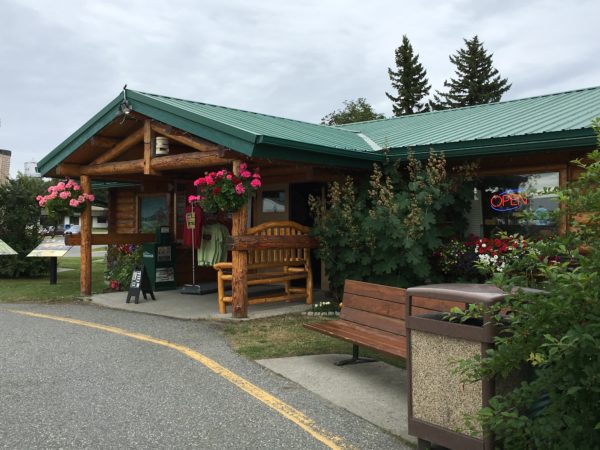
Palmer visitor center and museum.
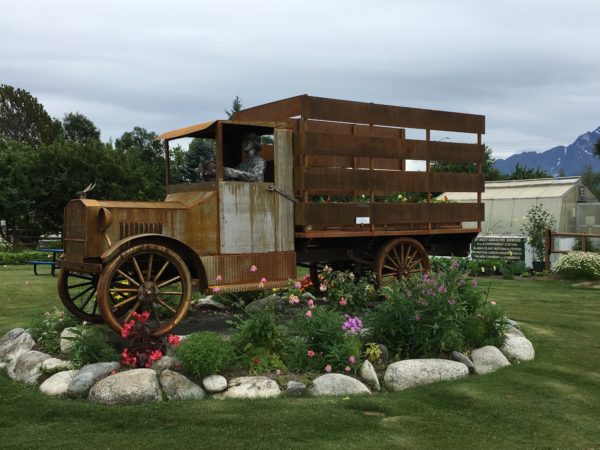
An agriculture-themed sculpture in the garden.
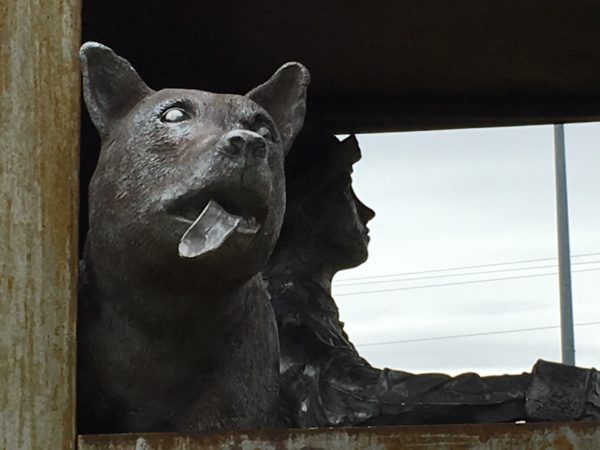
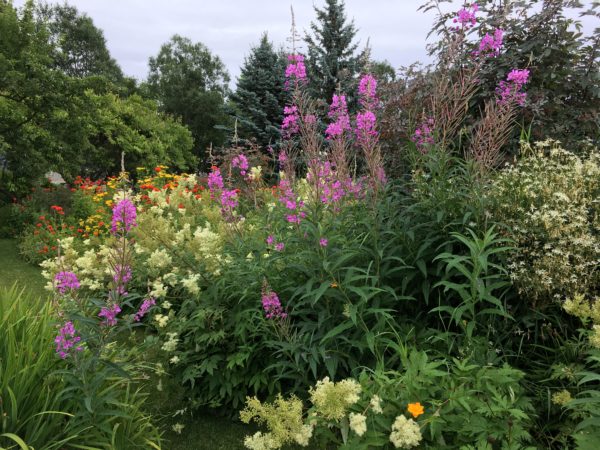
Flowers in the demonstration gardens.
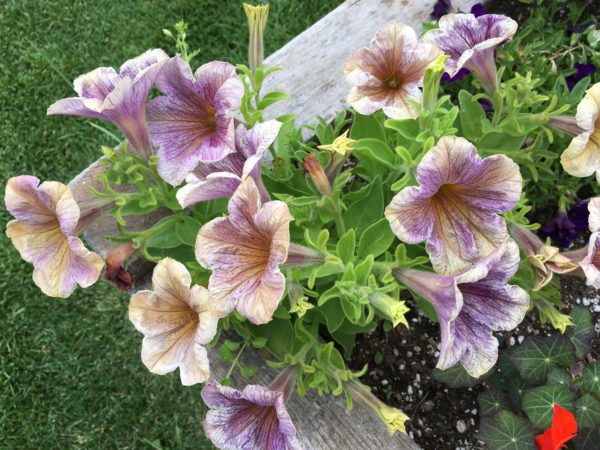
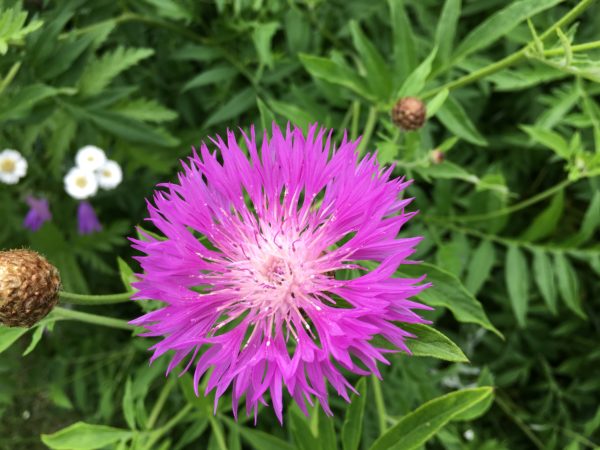
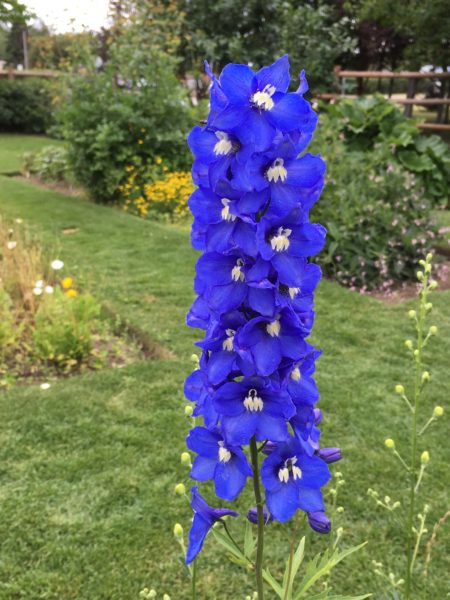
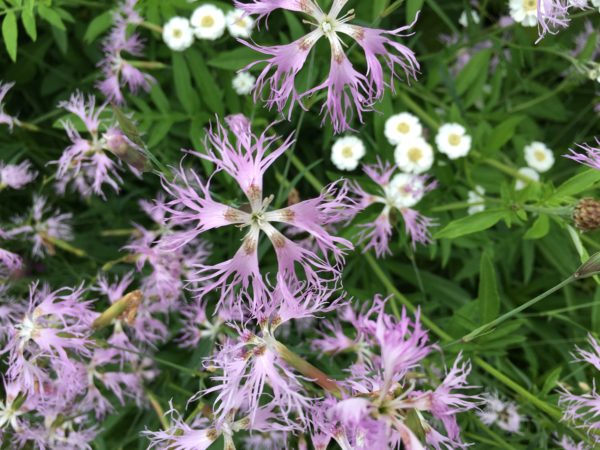
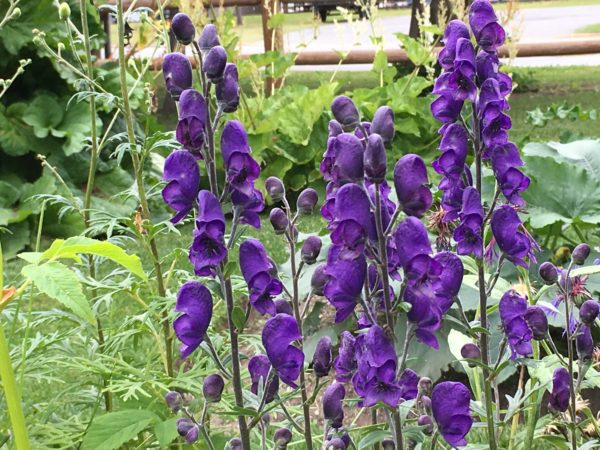
Monkshood
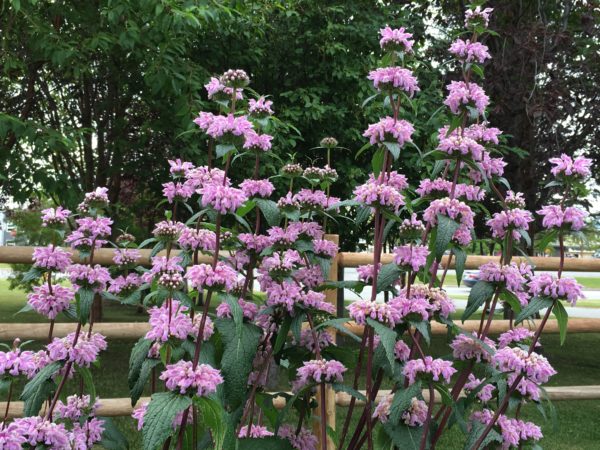
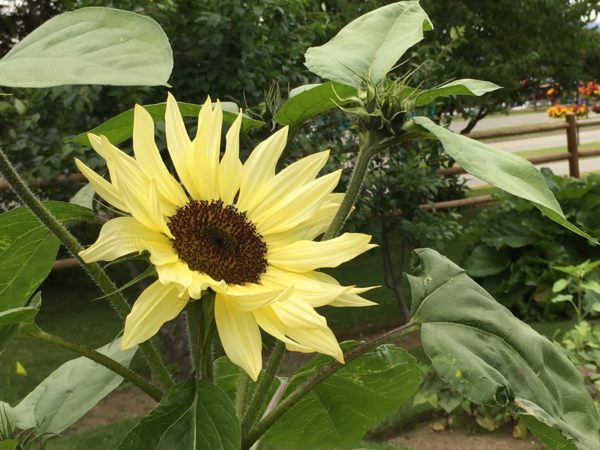
Buttercream Sunflower
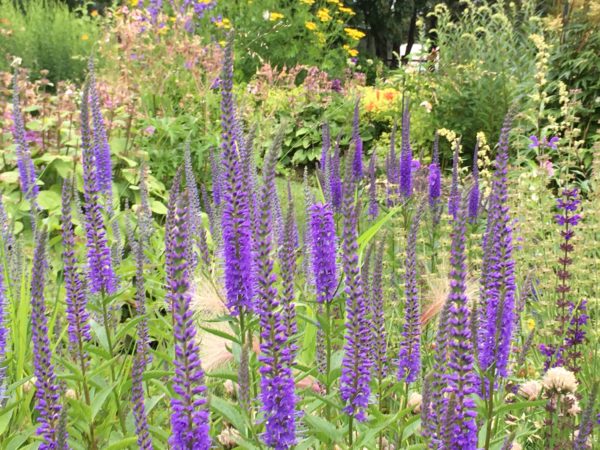
Purple Mullein
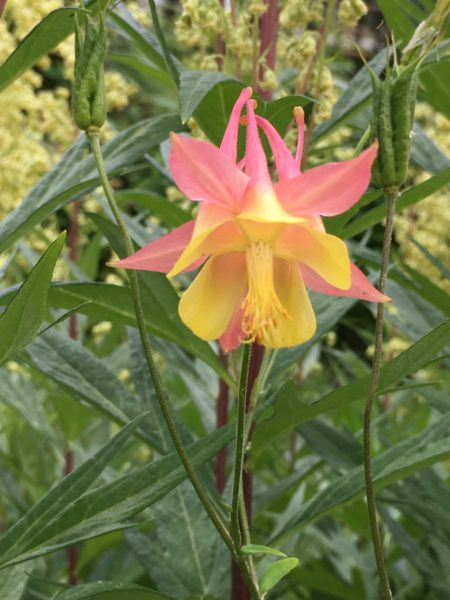
Columbine
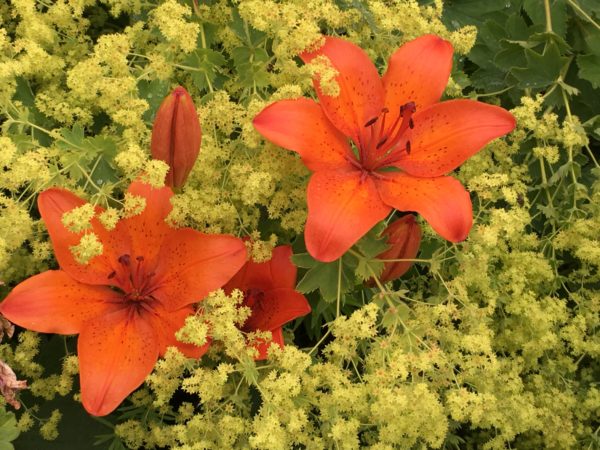
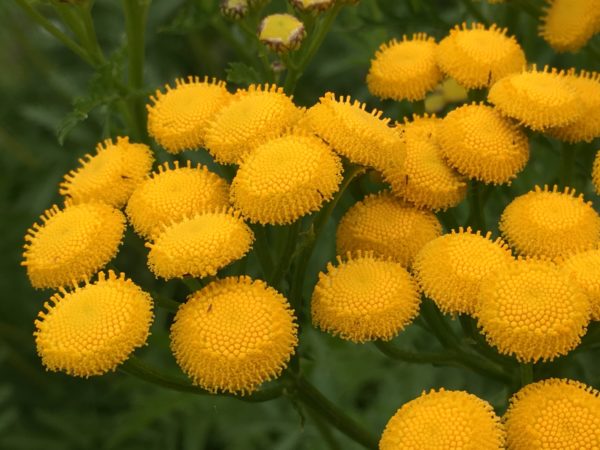
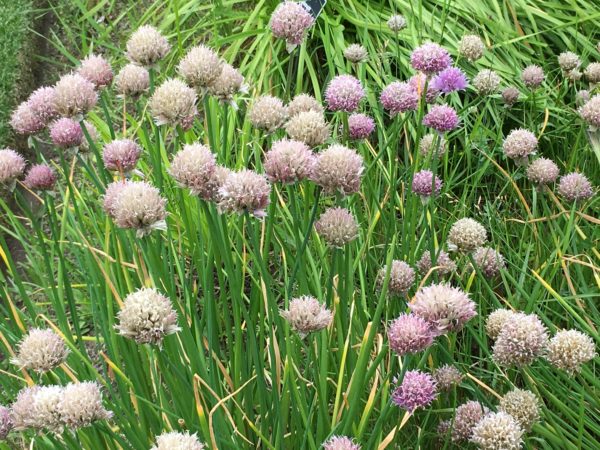
Common Chive
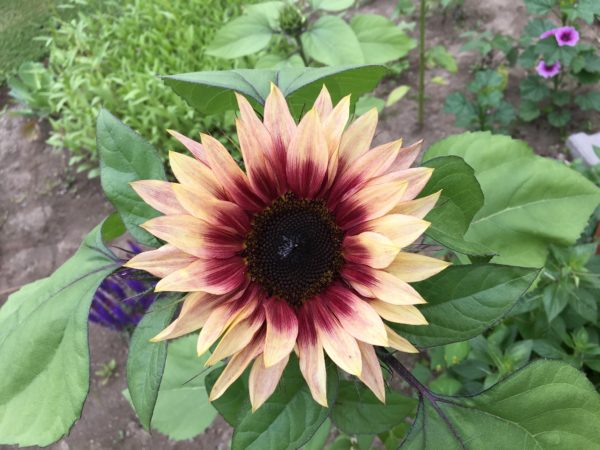
Matanuska Colony Project
The Matanuska Colony Project created headline news around the world. It was a story of hope in the 1930’s Great Depression. President Franklin D. Roosevelt promised to build new communities and put people to work through his New Deal programs. Matanuska Colony was the largest of a hundred New Deal resettlement programs.
The federal government chose Palmer as the site for the Matanuska Colony project. Familiar with cold temperatures and snow, 202 families with 500 children were selected from the upper Great Lakes region. Because most were of Scandinavian descent from northern Minnesota, Wisconsin, and Michigan, they were considered most likely to succeed in Alaska. They would be given a 40-acre plot to be turned into farmland. A cooperative would provide equipment, livestock, machinery, and supplies. The government would build houses and barns. Colonists were expected to repay the costs of their farm over 30 years at 3% interest.
The colonists were transported to Alaska to the USAT St. Mihiel in 1935. The bell from the St. Mihiel now rests in a monument in Palmer, having been rescued from a Navy salvage yard and brought to Palmer for the 65th reunion of the Matanuska Colony project.
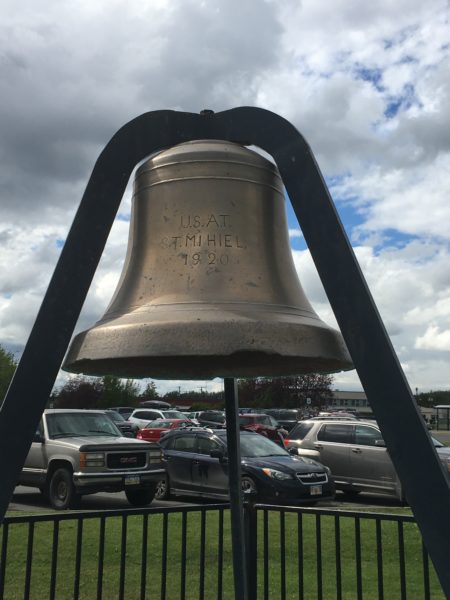
The ship’s bell.
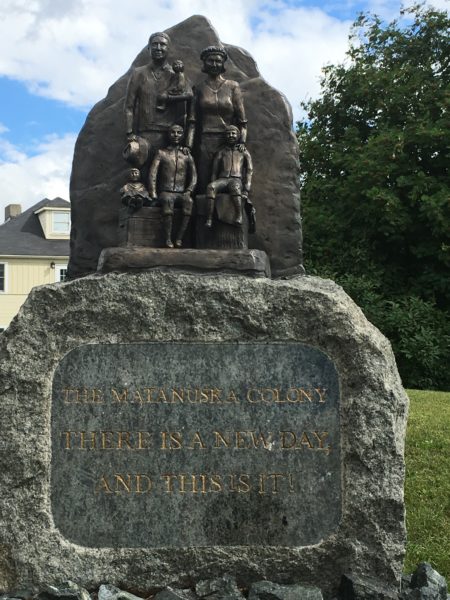
The project experienced problems from the start. The farmers selected for the project were chosen in part because they had the greatest need for assistance and therefore may not have had sufficient skills to be successful in the valley. In addition, the colony itself was not ready. It had no permanent structures, the land was not uniformly good (the glaciers had left it unlevel and full of gravel and rock), there was little medical care, and rules and regulations changed often. By the end of five years, over half of the families had left the project.
Products grown in the valley included potatoes, wheat, barley, hay, oats, and vegetables. Dairy products continued to be available into the 1960s.
We toured the Colony House Museum, one of five house styles available to settlers, restored to its 1935-45 appearance when the colony was in its heyday.
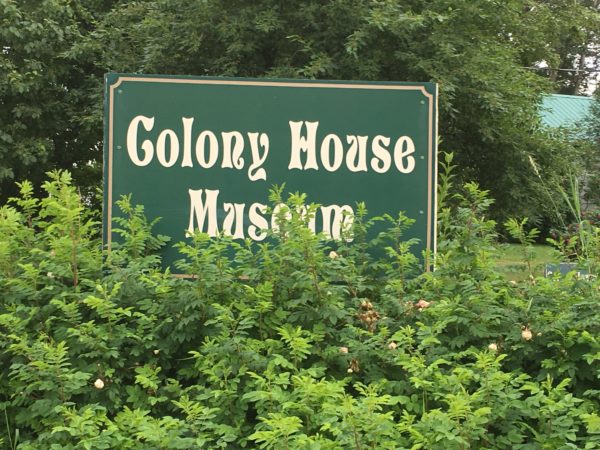
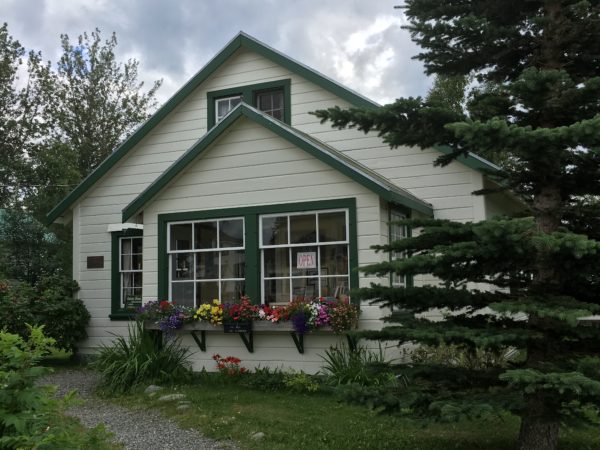
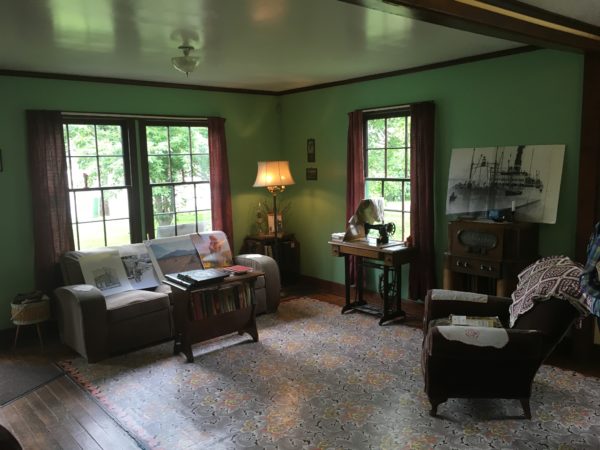
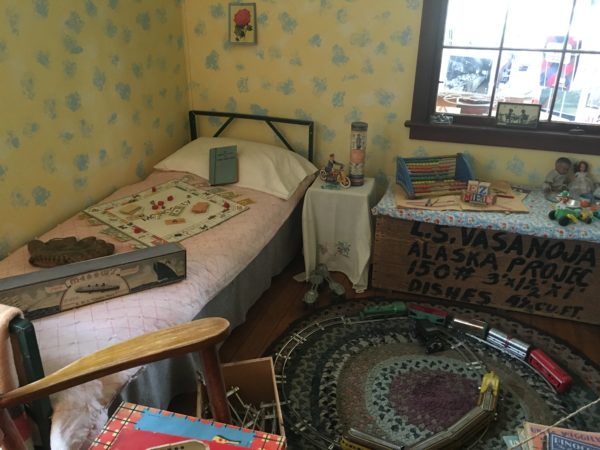
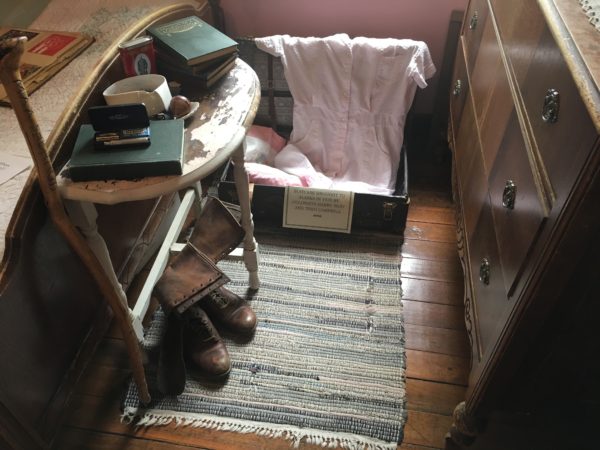
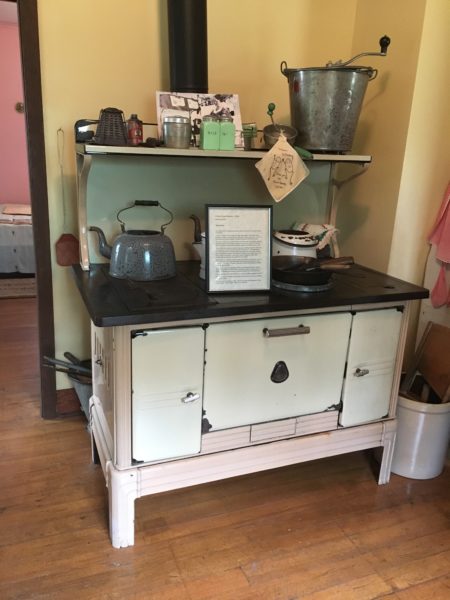
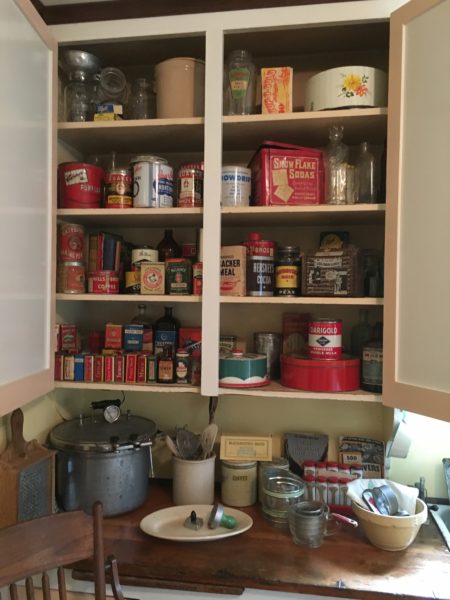
In the Palmer Area
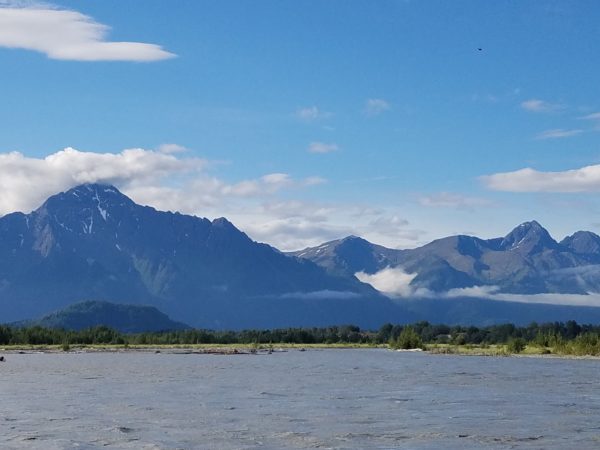
The Matanuska River with the Chugach Mountains in the background.
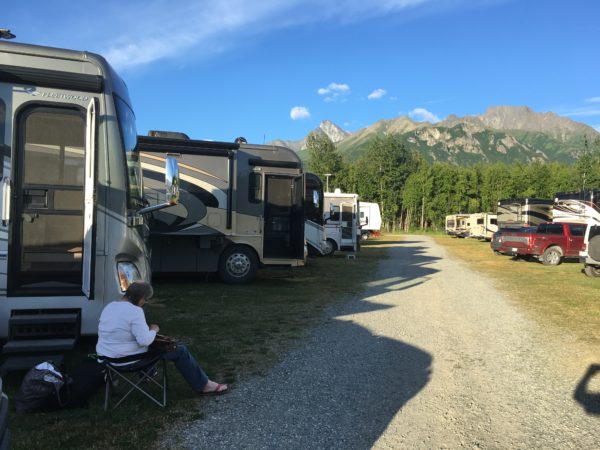
Jane plays her dulcimer at the Mountain View RV Park.
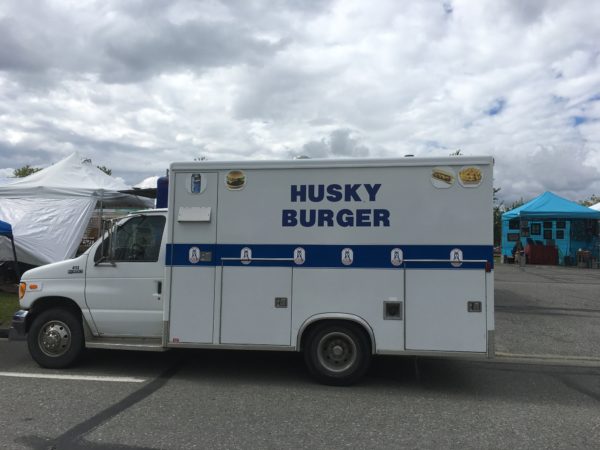
We try many foods, but couldn’t bring ourselves to patronize this food truck.
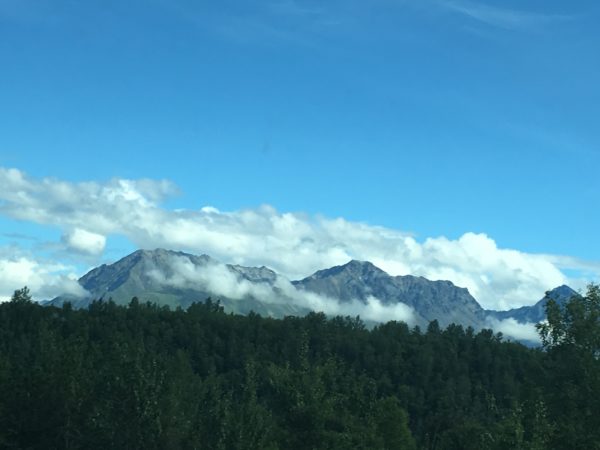
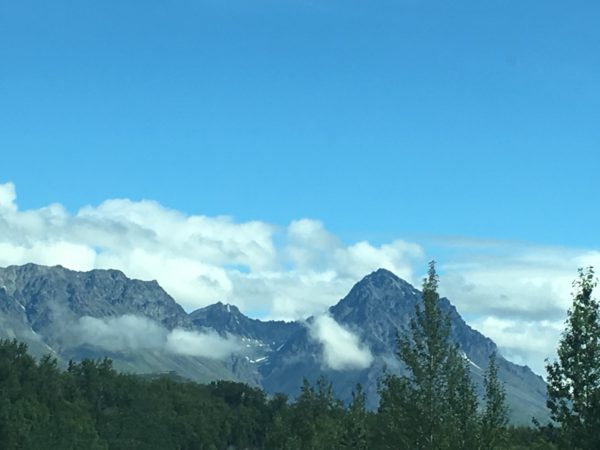
Matanuska Glacier
The Matanuska Glacier is Alaska’s largest road-accessible glacier. It is a valley glacier 27 miles long and 4 miles wide. Glacial melt feeds the Matanuska River.
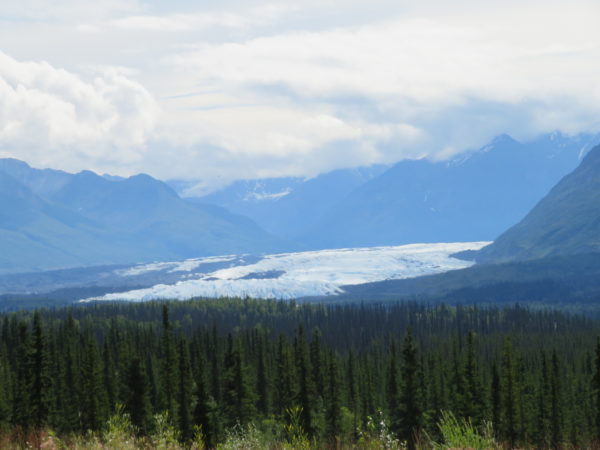
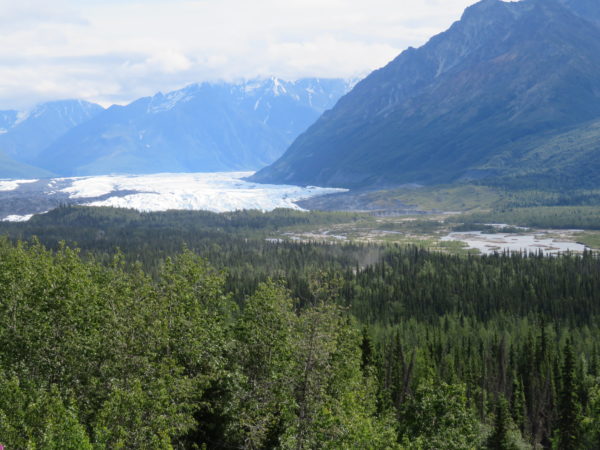
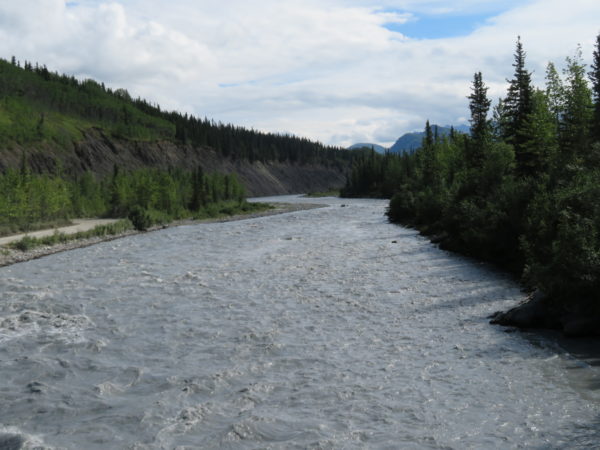
Matanuska River
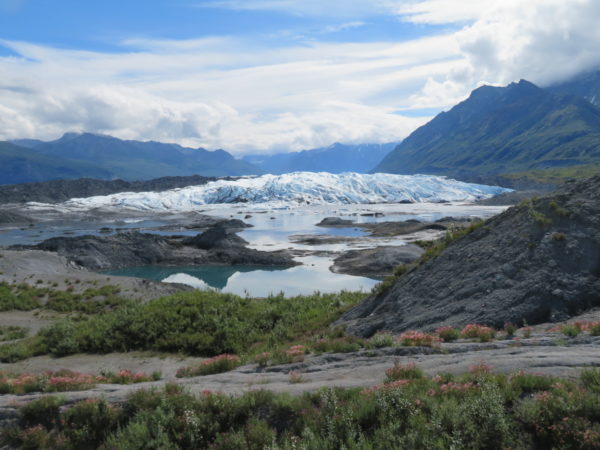
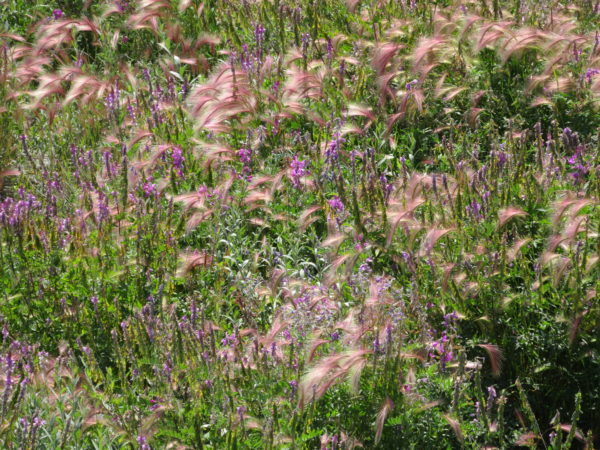
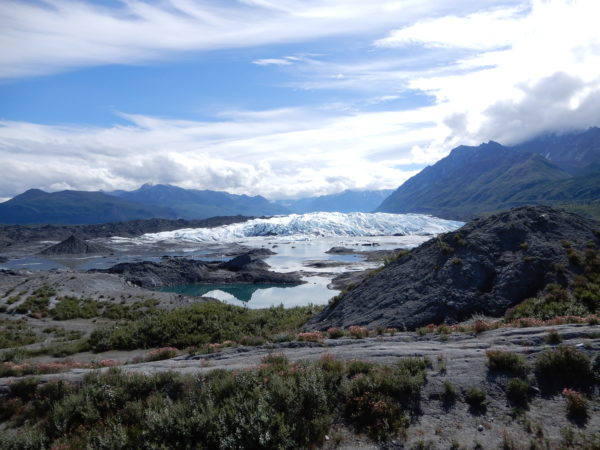
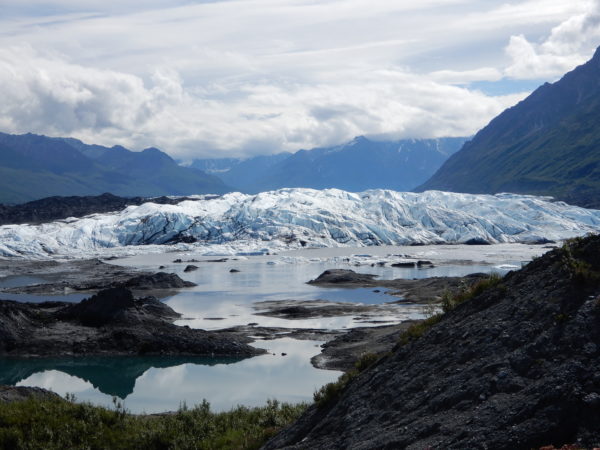
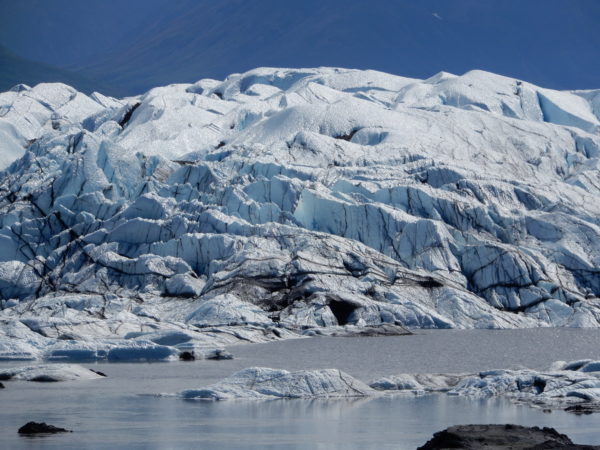
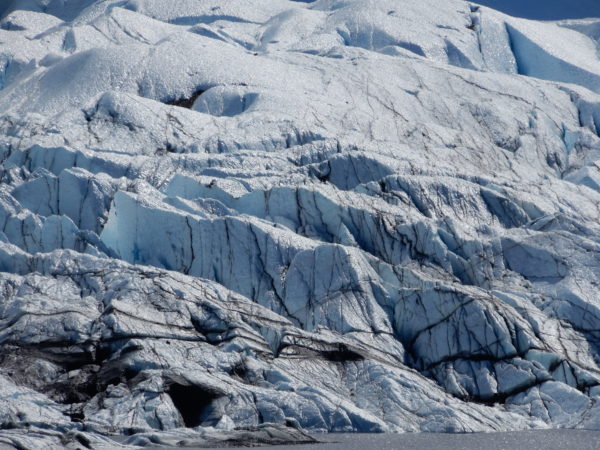
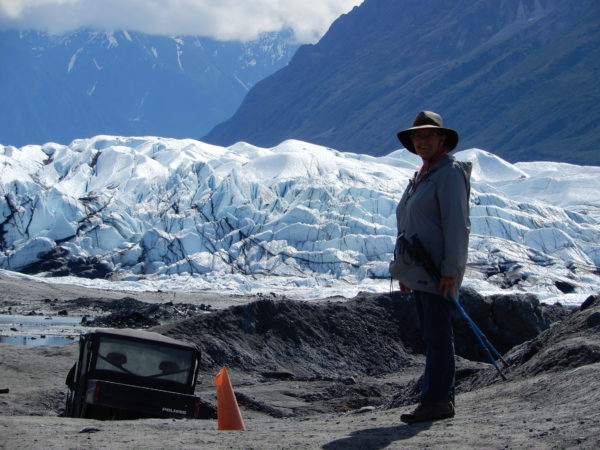
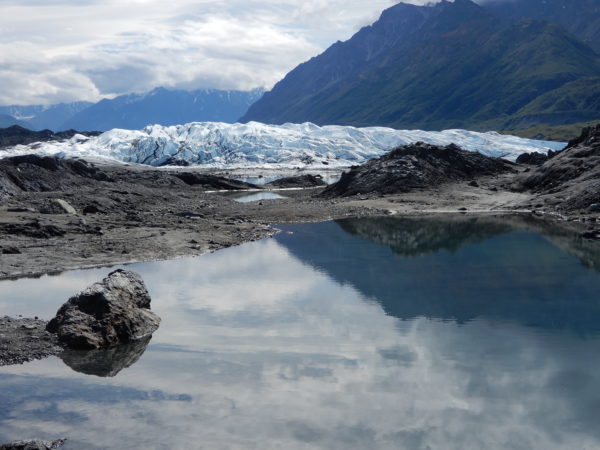
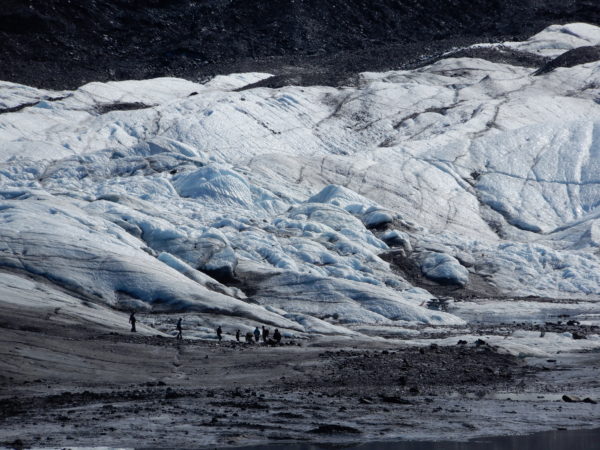
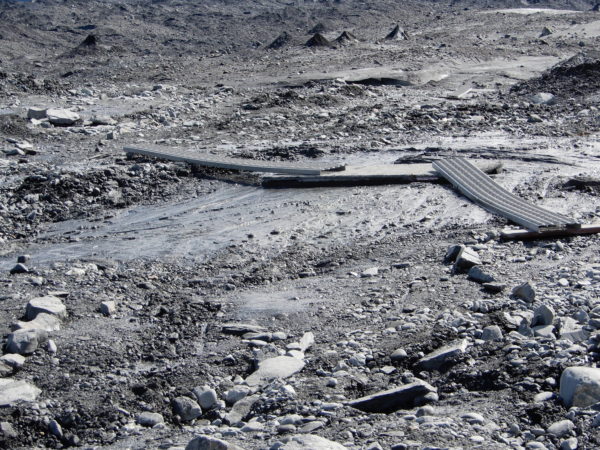
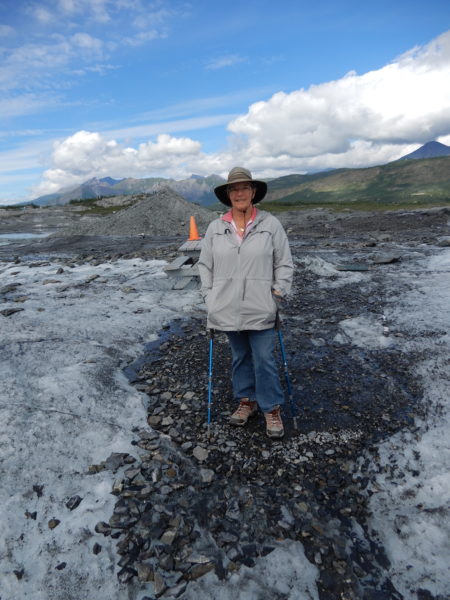
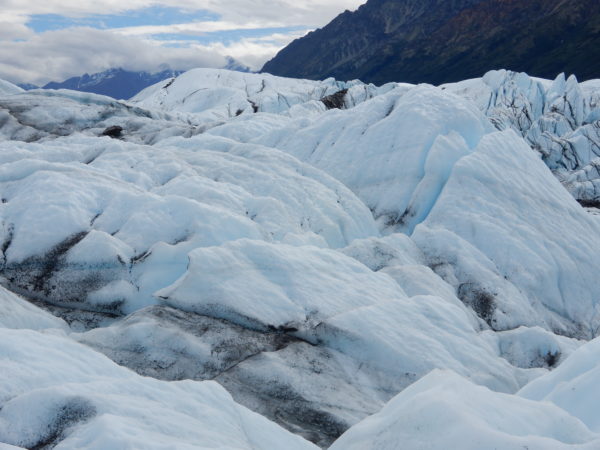
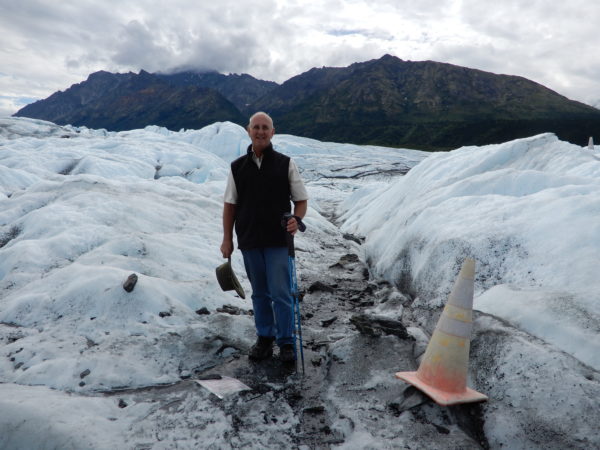
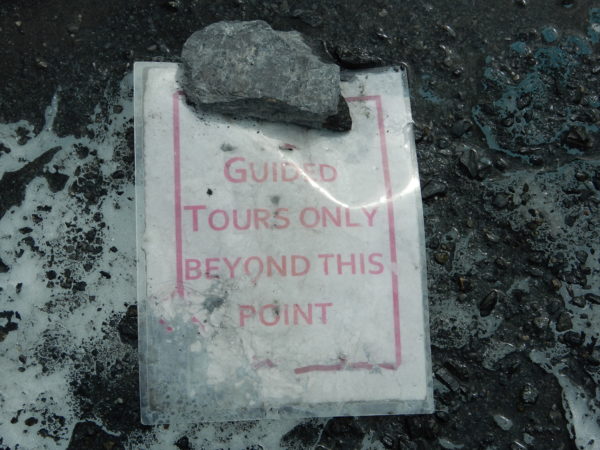
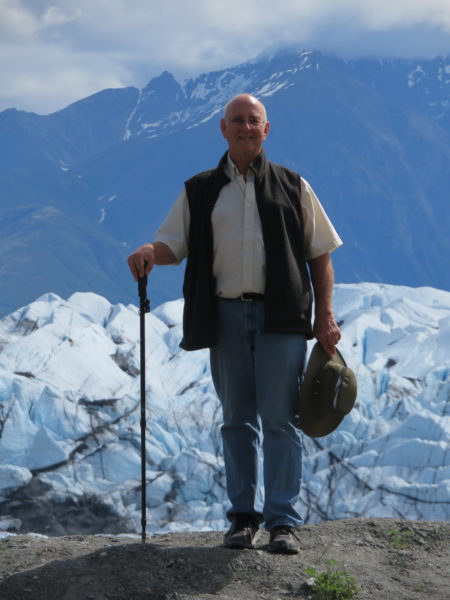
Alpine Historical Park
The Alpine Historical Park on the Glenn Highway north of Palmer included an extensive collection of artifacts and information of the area’s Native peoples, coal mining, history, and geology.
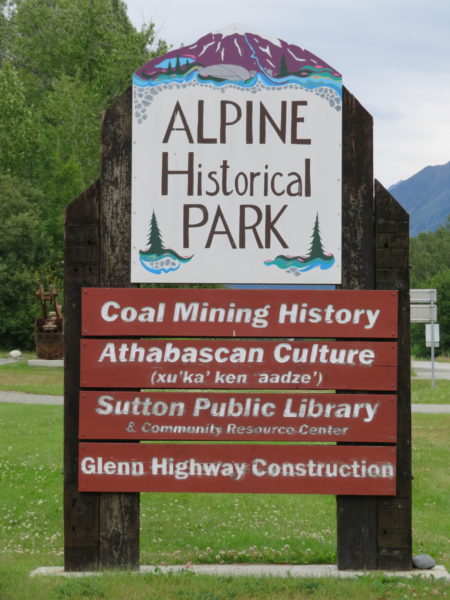
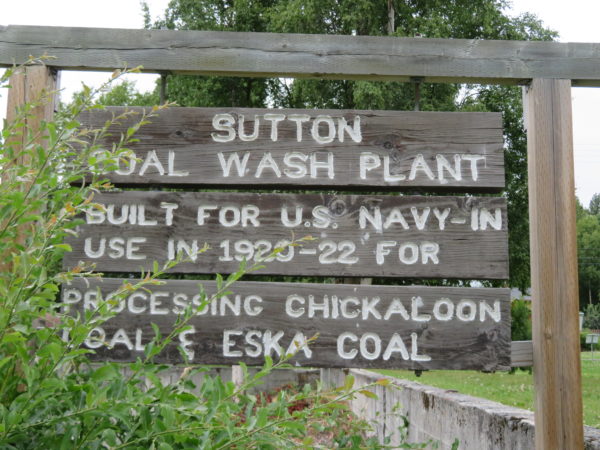
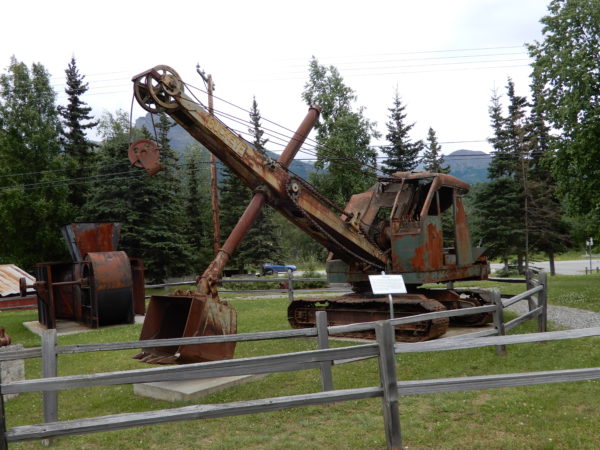
Buckeye Shovel. The shovel arm was chain driven.
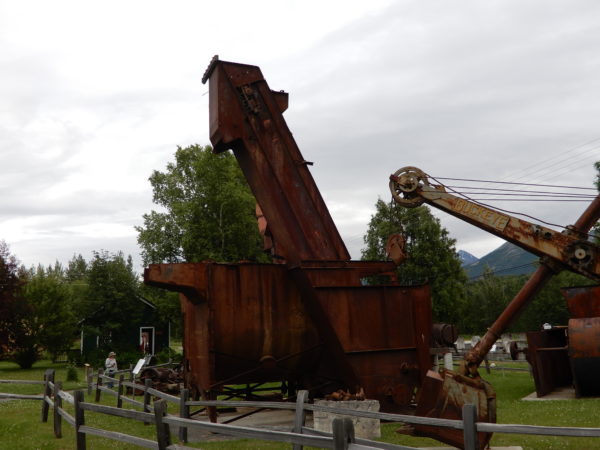
Eska coal washer.
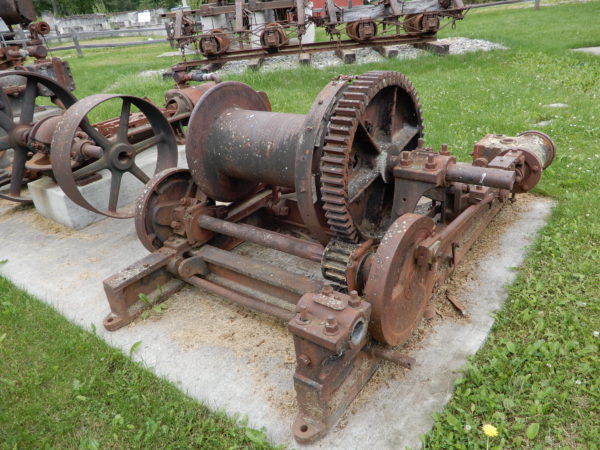
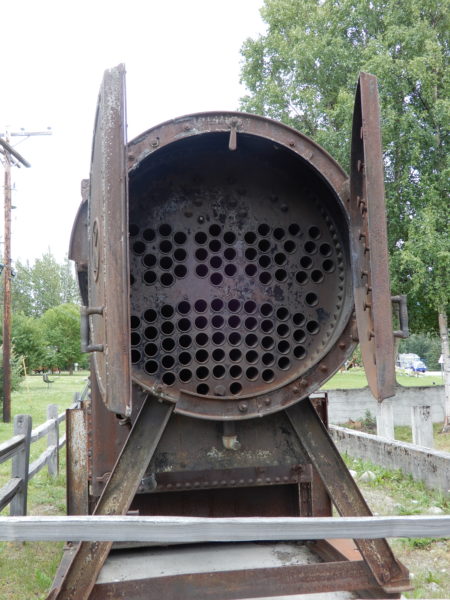
Boiler used to produce steam.
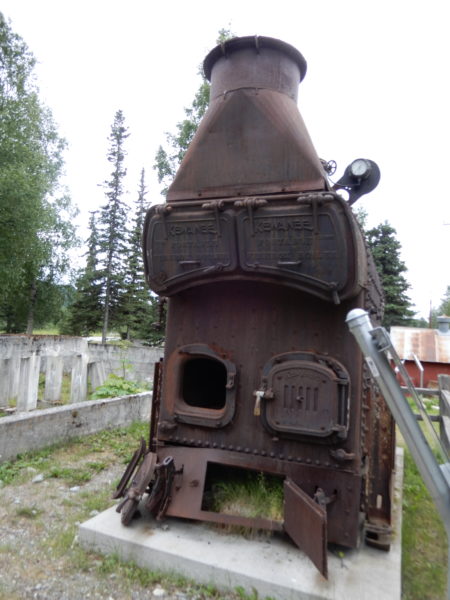
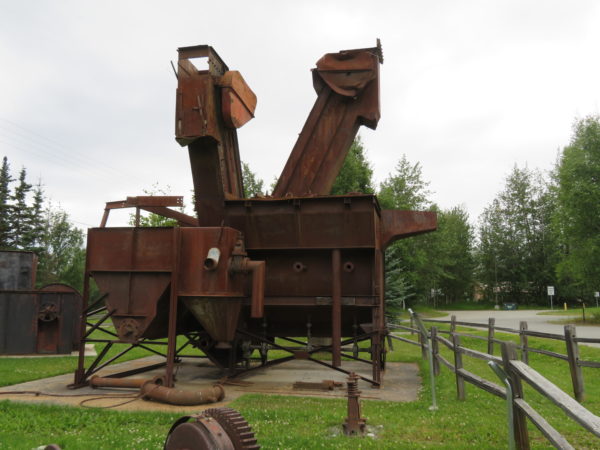
The coal washers had plungers that worked something like a washing machine.
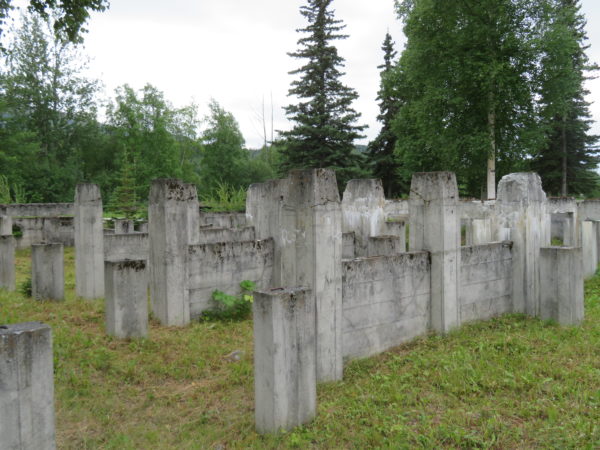
The coal wash plant foundation.
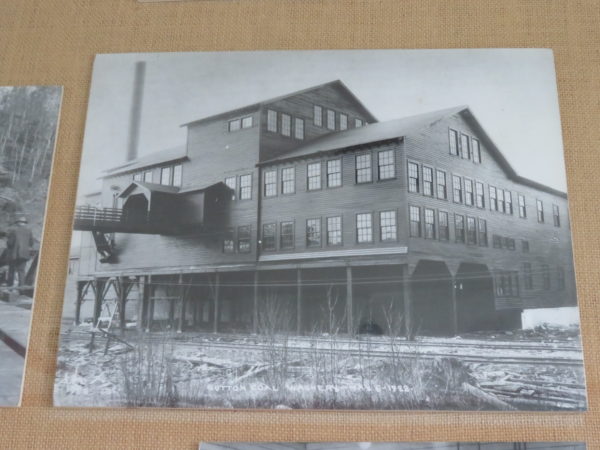
Sutton Coal Wash Plant. When it was built it was the 2nd largest building in Alaska.
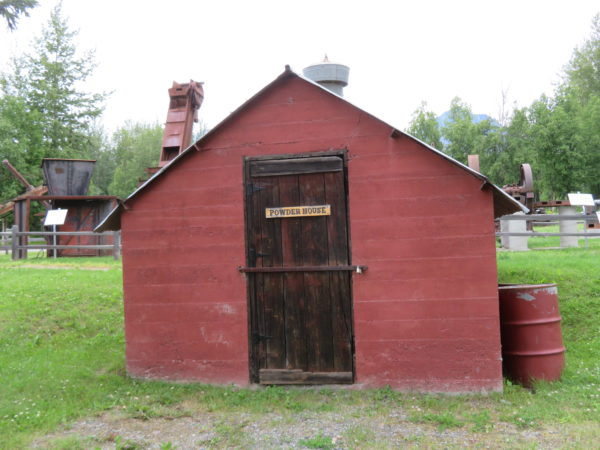
Building where the mines blasting powder was stored.
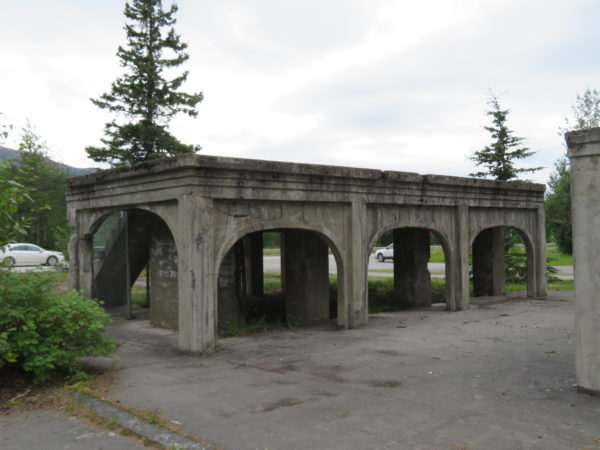
Foundation of the power plant at the Eska coal mines.
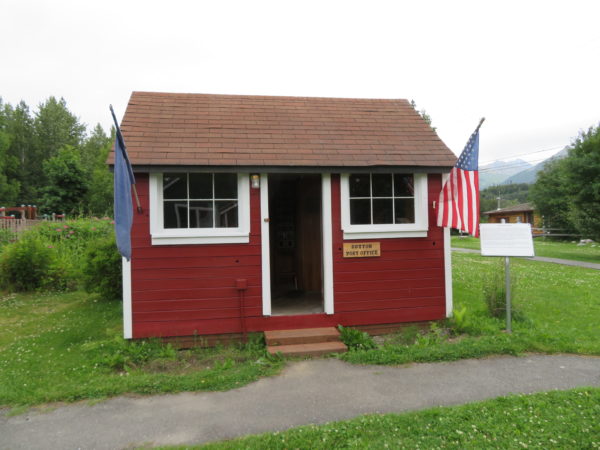
Sutton Post Office
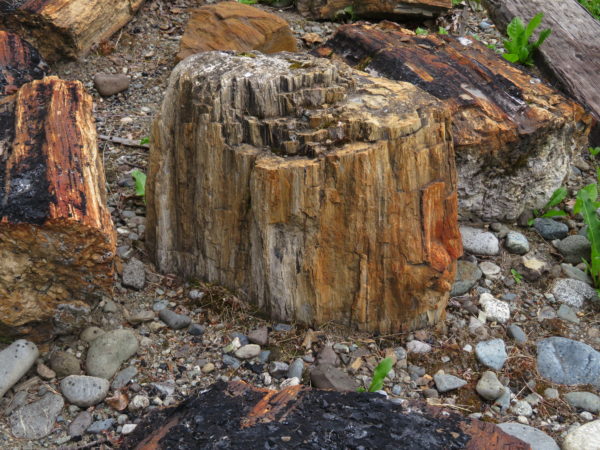
Petrified Wood. The petrified forest in this area dates to 65 million years ago and is one of the largest and best-preserved forests in the world. There are dozens of standing petrified trees surrounded by fossils of flowers, seeds, cones, needles, and leaves. The trees are dawn redwoods related to the redwood in California.
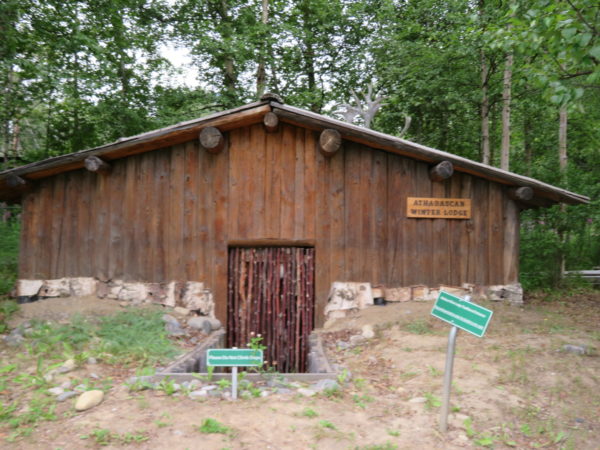
Athabascan winter lodge.
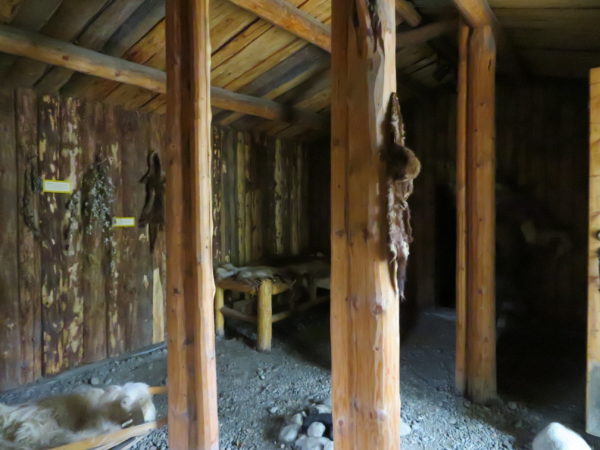
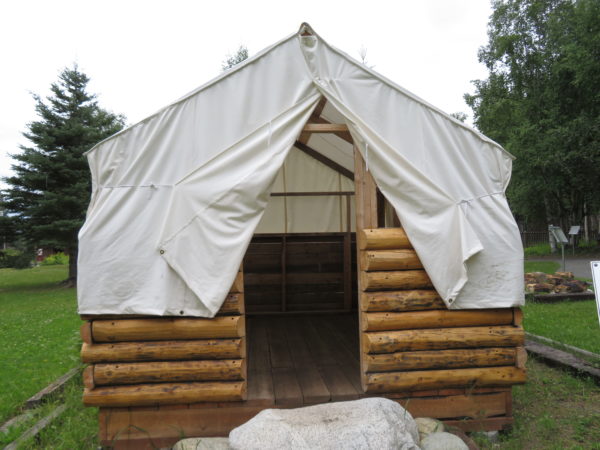
Wall tents have been in use in Alaska since the 1800’s. The agricultural colonists who arrived in Palmer in the 1930’s lived in tents like these during their first year.
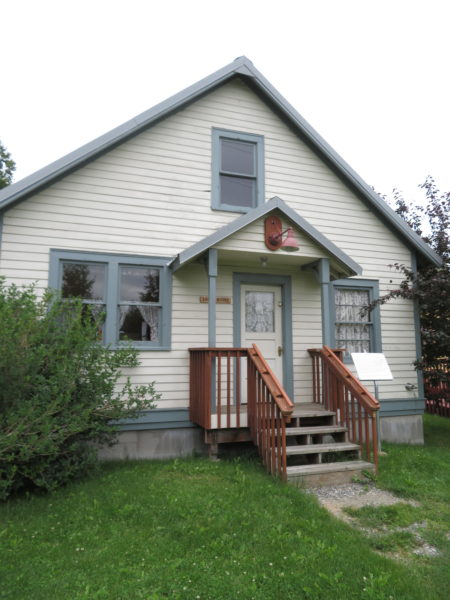
The Lucas House was built in 1917 and served as officer quarters in nearby Chickaloon during the Navy’s short period of coal production.
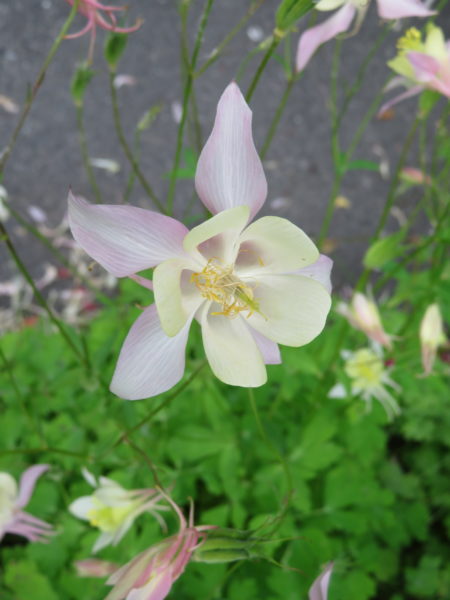
Columbine.
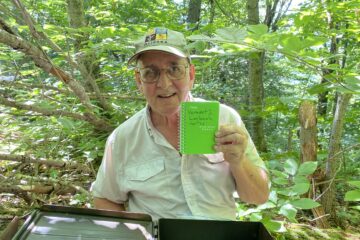
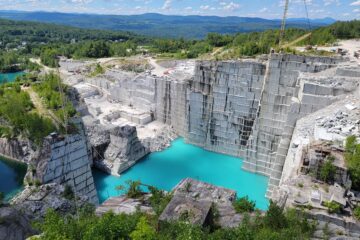
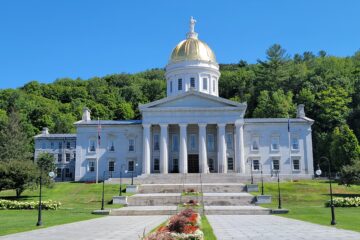
1 Comment
Gary McGregor · September 17, 2018 at 9:08 am
Very impressive to see this hamlet surviving in a beautiful, yet hostile environment. Thanks for sharing.